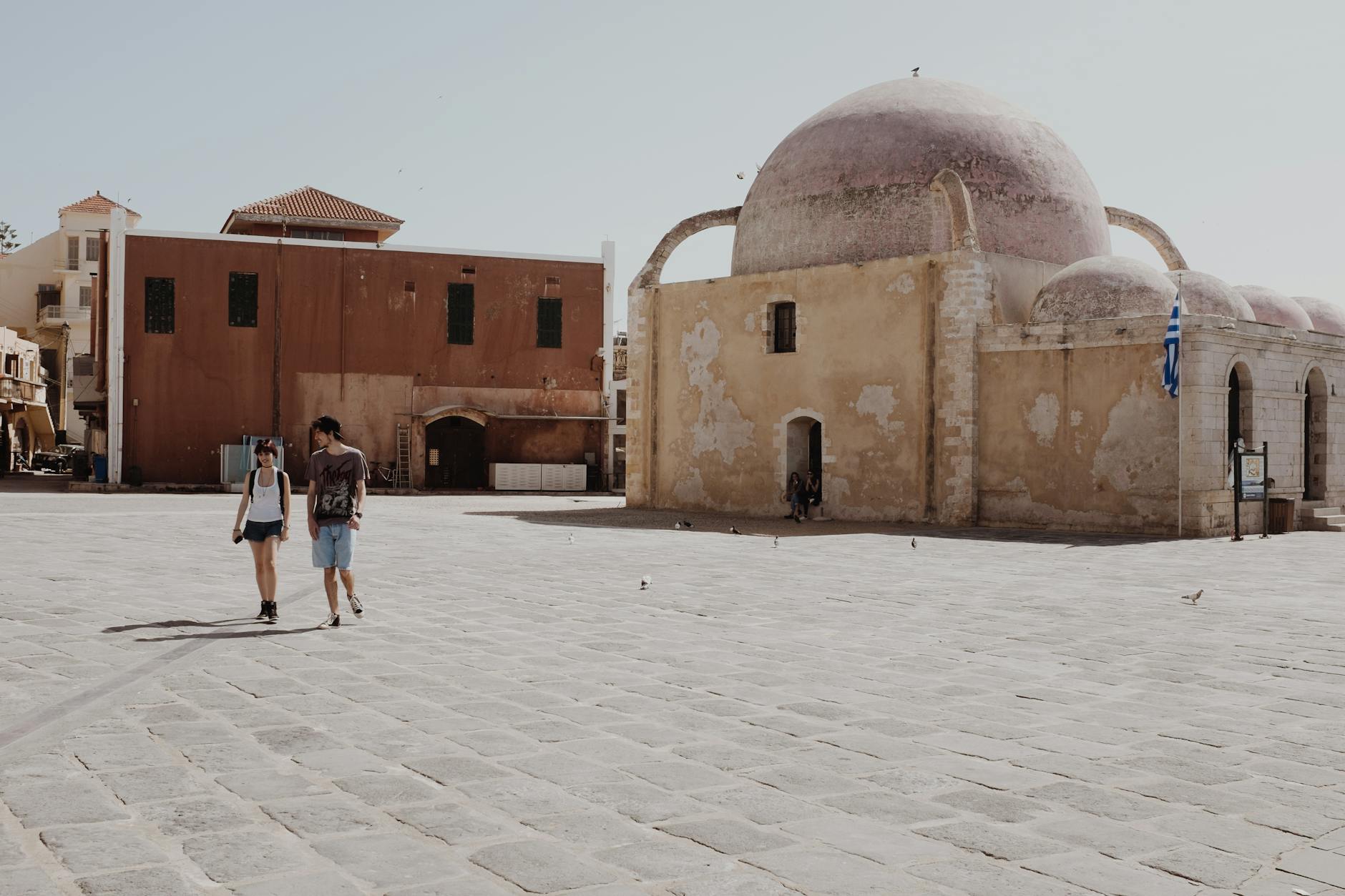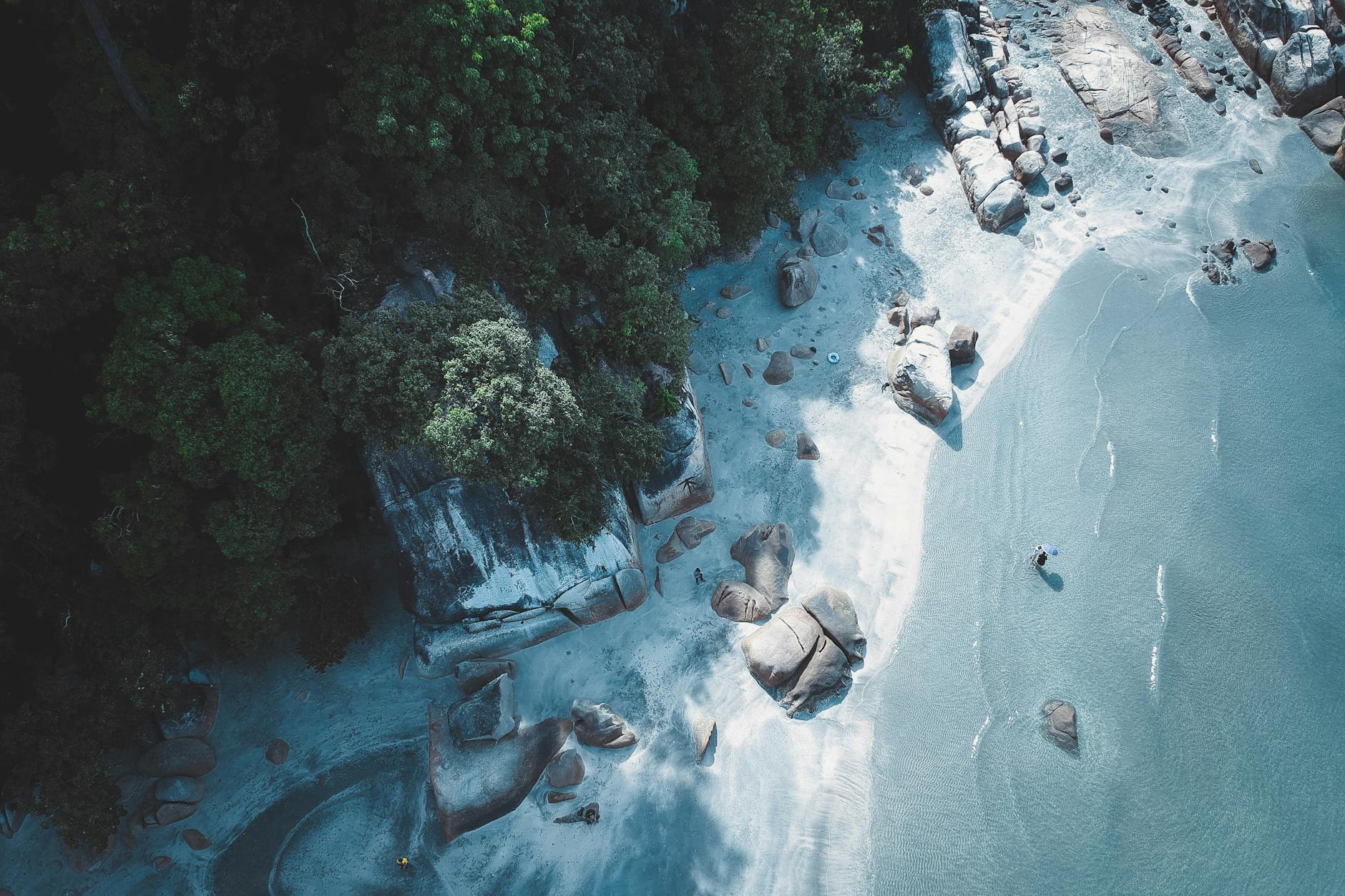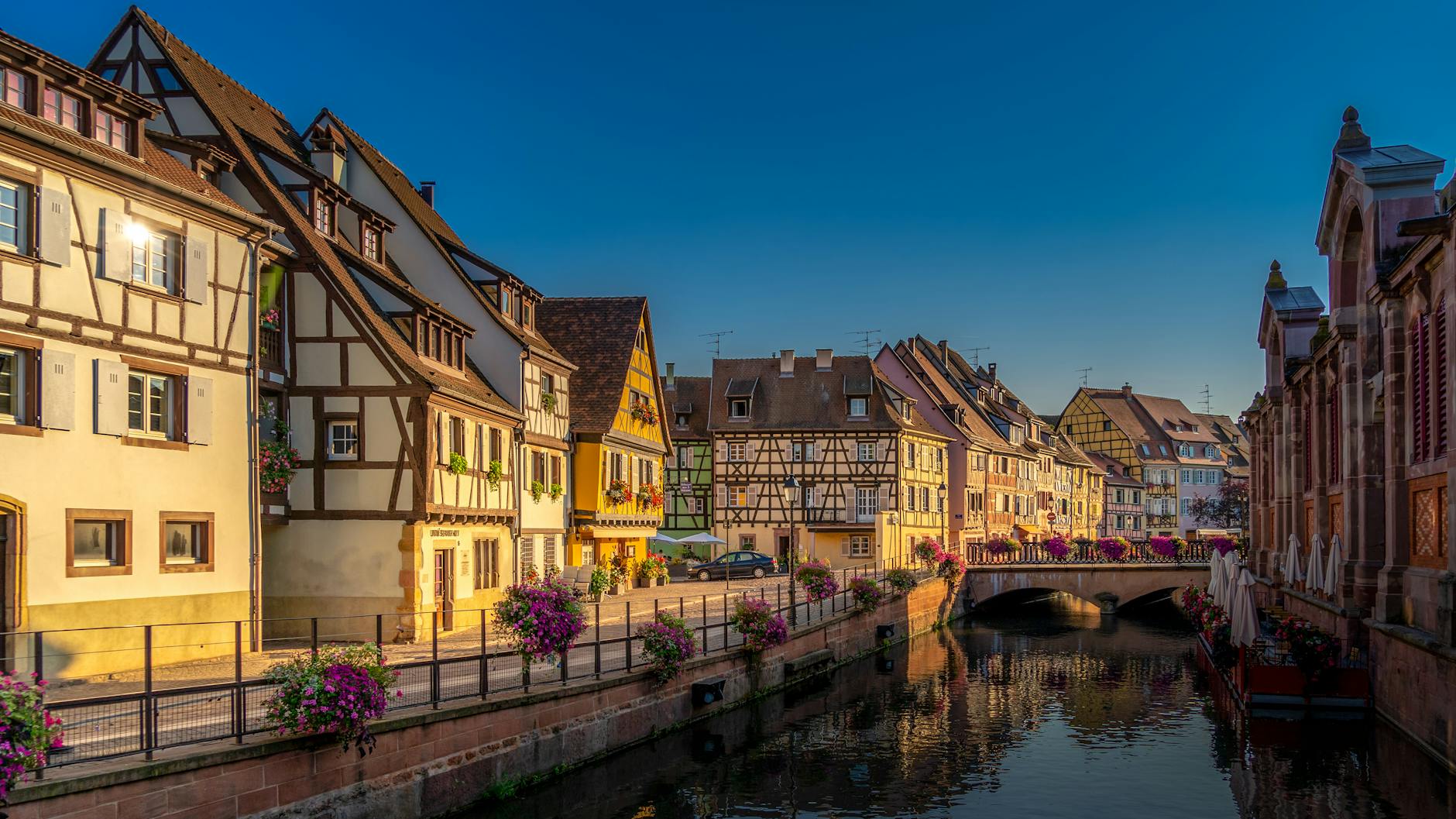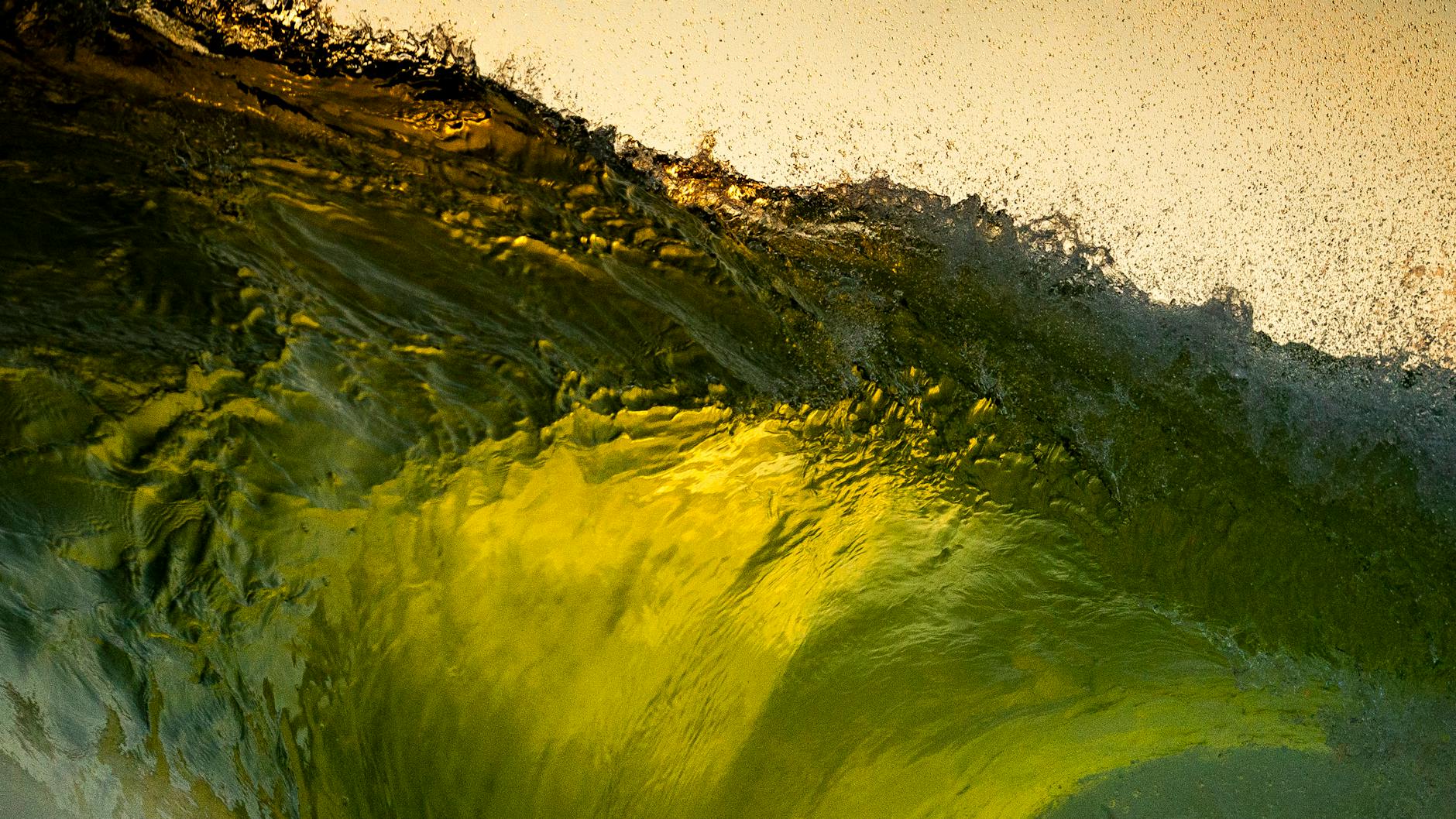Is Australia the Ultimate Destination for Unique Documentary Content?

Exploring Australia's Diversity
Australia’s landscape offers an astonishing range of diversity, much like the view from the Flinders Street Station in Melbourne, where history meets the city's vibrant pulse. When I contemplate travel, images of remote landscapes and unique wildlife unfold, reminiscent of a Namibia safari or a journey through untouched territories. The tender embrace of the Yarra River's pathways calls to mind the rippling savannahs of Namibia, where diverse ecosystems coexist in harmony.
Ecological Richness and Variety
Australia is renowned for its ecological richness, varying from lush rainforests to arid deserts. The array of flora and fauna, some endemic to the region, mirrors the ecological complexity I experienced during my exploration of the Galapagos Islands. Observing these environments ignites a sense of responsibility to promote sustainable travel practices that mirror those efforts to preserve biodiversity.
Unique Natural Habitats
One of the most thrilling aspects of exploring Australia is its natural habitats. Whether trekking through the Great Barrier Reef's coral gardens or the ancient rainforests of Daintree, each area presents distinctive ecological narratives that are ripe for discovery. Such environments, akin to those encountered on a galapagos cruise, demonstrate the delicate balance of nature that must be preserved.
Indigenous Cultures and Traditions
Incorporating indigenous cultures into any exploration deepens the experience beyond natural wonders. Understanding the traditions and stories of Australia's Aboriginal communities offers invaluable insights, essential for responsible tourism. These connections, much like learning from local communities worldwide, enrich our understanding and respect for the environment, ensuring that we tread lightly upon the land.
Documentary Opportunities
Untapped Stories and Narratives
Exploring the allure of South American destinations offers a rich tapestry of untold stories, much like uncovering an ancient artefact at the vibrant Queen Victoria Market. During my patagonia tours, I found myself immersed in the enthralling tales of indigenous communities that dot the region, each holding unique traditions and histories that are seldom captured on film. These narratives, waiting to be told, could significantly inform a documentary project, providing fresh perspectives and deepening the understanding of various cultures and their struggles.
Innovative Filming Locations
When it comes to choosing filming locations, areas like Patagonia offer unparalleled diversity, akin to the enchanting pathways of the Yarra River. The rugged landscapes are perfect for capturing dramatic scenes that highlight the beauty of nature, while the sweeping plains serve as a backdrop for stories about the delicate balance between humanity and the environment. Additionally, South America boasts ecological zones that range from dense rainforests to arid deserts, offering filmmakers a vast array of settings to choose from.
Diverse Ecosystems on Camera
Filming in South America is about more than just picturesque scenery; it's about showcasing the abundant and diverse ecosystems. Much like the assorted stalls at Flinders Street Station, each aspect of this landscape hosts unique flora and fauna that are integral to its ecological web. Documenting these can draw attention to conservation issues and resonate with audiences who share a passion for preserving the planet's natural wonders. Engaging with these ecosystems through south american tours is an opportunity to not only highlight their beauty but also advocate for their protection.
Challenges in Filming
Balancing Conservation and Filming
Filming in areas known for their ecological significance, such as Africa, requires a careful balance between capturing the scene and preserving the environment. During my travels, I found that working closely with local conservationists is crucial. Their insights help ensure that filming efforts don't disrupt the wildlife or their habitats. When participating in Africa tours, it’s vital to respect the natural rhythms of these ecosystems as even harmless disturbances can have unforeseen consequences.
Capturing Remote Locations
Venturing into remote areas like the uncharted terrains of Central America presents unique trials and rewards. On my journey to these less-accessible locales, I realised that meticulous planning is essential. Everything, from transport to equipment, needs to be cohesive and adaptable to unforeseen challenges. Choosing reliable guides who are familiar with the land can make navigating these vast landscapes less daunting and more enriching. Central America tours stakeholders are invaluable as they offer deep knowledge of the terrain, flora, and fauna.
Navigating Cultural Sensitivities
Beyond environmental concerns, cultural respect is imperative. Auf course, like the locals around the Yarra River pathways in Melbourne, communities worldwide have unique customs and beliefs. Acknowledging and respecting these, investing time in understanding them, and engaging with indigenous groups in genuine dialogue fosters trust and collaboration. Not only does this approach enrich the filmmaking, but it also ensures that the resultant footage honours the communities represented.
Impact on Conservation
Raising Environmental Awareness
One compelling aspect of filmmaking is its capacity to raise environmental awareness. Whenever I think back to my adventures in South America, I am reminded of the lasting impact that documentaries can have on audiences by bringing these stunning and fragile ecosystems to mainstream attention. Through vivid imagery and storytelling, films play a crucial role in highlighting the beauty of our natural world. Featuring locations like the Amazon rainforest, filmmakers can capture the attention of viewers and motivate them to become more environmentally conscious. In this way, visual storytelling becomes a powerful tool to inspire conservation efforts on a global scale, including south america travel, where ecosystems like the Amazon rainforest underscore the urgency of preservation.
Supporting Local Initiatives
Filmmaking also holds the potential to support and strengthen local conservation initiatives. During my travels, I've noticed how documentaries often emphasize local efforts, drawing attention and support to grassroots projects. By collaborating with community-driven conservation groups, filmmakers can help amplify their voices, drawing international recognition and resources. This partnership can result in a mutually beneficial relationship where stories are authentically portrayed while community efforts receive the much-needed exposure they deserve.
Inspiring Eco-Friendly Practices
Finally, documentaries offer insight into eco-friendly practices, urging both individuals and organizations to adopt sustainable behaviors. When I watch these films, they remind me of the importance of making environmentally responsible choices. An inspiring documentary can shift perspectives, encouraging viewers to reconsider their actions and embrace sustainability in their daily lives. Through the lens of a camera, these stories drive change, fostering a culture of conservation among viewers and beyond.
Best Practices for Filmmakers
Fostering Community Connections
I've found that building genuine connections with local communities is pivotal when embarking on any filmmaking journey. It's akin to the atmosphere at the Queen Victoria Market, where the bonds between sellers and buyers fuel a warm, inviting experience. Here, it's essential to approach with respect and a willingness to listen. Understanding their stories enriches the narrative tapestry you're about to weave. When filming, whether immersed in an indigenous cultural celebration or capturing the serene landscape along the Yarra River, collaboration with local guides fosters authentic storytelling.
Preserving Nature Through Filmmaking
Amidst the kaleidoscope of Australia's natural beauty, from the rugged Outback to the lush greenery of the Daintree Rainforest, ensuring that your project leaves no trace of disruption is crucial. I've learned this by spending afternoons navigating the bustling cultural crossroads at Flinders Street Station, where minimal footprint means everything, from eco-conscious transport options to reducing wildlife disturbance. By choosing sustainable materials and leveraging digital solutions, your filming impact mirrors the flow of the natural ecosystems you aim to portray.
Aligning with Local Expertise
Drawing from local knowledge can transform a filmmaking endeavor from ordinary to extraordinary. Consider the way a seasoned Melbournian knows every hidden alley and secret café near the Yarra River. Similarly, local experts offer unparalleled insights into cultural nuances and ecological layers. Aligning with them not only enriches your work but also roots it deeply in the soil of its origins. Collaborating allows one to effortlessly navigate complexities and produce a narrative that resonates authentically with audiences both near and far.


